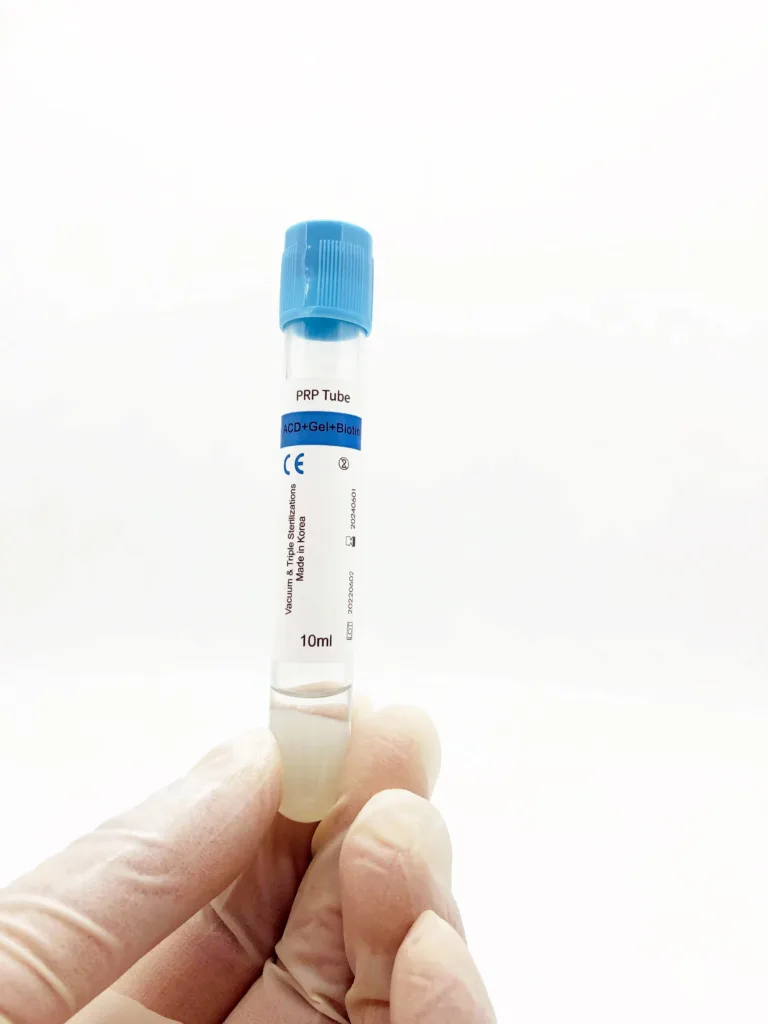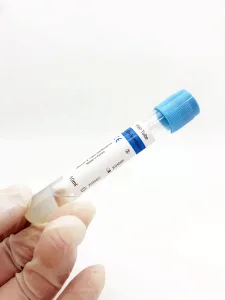Platelet-Rich Plasma (PRP) therapy has become a mainstay treatment utilized by dermatology, hair restoration, and aesthetic clinics across the globe. Yet, the process of selecting and sourcing the right PRP tube internationally can be complicated. Global buyers frequently encounter obstacles such as customs delays, unpredictable import duties, and variable shipping fees when purchasing from overseas suppliers.
At IPPOCARE, we address these challenges head-on. We provide CE & ISO-certified PRP tubes available in 10mL, 12mL, and 15mL sizes, offering crucial options like separating gel, ACD anticoagulant, and biotin. Our tubes are relied upon by clinicians worldwide due to their consistent plasma yield, secure packaging, and dependable delivery. Through our optimized wholesale distribution and robust international logistics network, clinics globally now benefit from a simplified sourcing experience: access to high-quality PRP tubes shipped efficiently from trusted distribution centers, thereby minimizing common import complexities and guaranteeing timely supply.
Buying PRP tubes online demands a thorough evaluation of several critical elements: medical certification, tube composition, centrifuge compatibility, and overall supply reliability. Given that PRP therapy is extensively used across dermatology, hair restoration, and aesthetic medicine, it is essential to recognize that clinical standards are not uniform across all PRP tubes. Discrepancies in tube size, anticoagulant type, separating gel, and specific centrifugation requirements directly influence platelet concentration, preparation consistency, and, ultimately, patient treatment outcomes.
This comprehensive guide is created to illuminate the key criteria for ordering PRP tubes online, empowering clinics and medical professionals around the world to make informed, confident, and reliable purchasing decisions.
🔗 Ready to order? Compare all tubes or get a bulk quote
1. Certification Matters: CE and ISO
Always check if the PRP tubes are certified. At a minimum, look for CE and ISO certification, which ensure that the tubes meet stringent safety, sterility, and manufacturing standards. These credentials indicate a tube is approved for professional medical use in many regions.

2. What Tube Size Do You Need? (10mL vs. 12mL vs. 15mL)
PRP tubes are typically available in 10mL, 12mL, and 15mL formats, and choosing the right volume depends on your treatment protocol, target area, and desired plasma yield. Each size serves distinct clinical needs and offers different advantages.
✨ 10mL PRP Tubes
The most commonly used size, 10mL tubes are ideal for aesthetic and dermatological applications where precision and localized treatment are key. They’re widely used for:
- Facial rejuvenation (wrinkles, under-eye hollows, skin texture)
- Microneedling support (especially with derma pens or rollers)
- Small-area injections (e.g., acne scars, décolletage, hands)
These tubes are easy to handle, compatible with standard centrifuge models, and offer a high concentration of platelets with approximately 6–8mL of usable PRP per draw.
✨ 12mL and 15mL PRP Tubes
If you need a larger plasma volume for broader treatments, 12mL and 15mL tubes are better suited for:
- Hair restoration procedures (e.g., androgenic alopecia, PRP scalp injections)
- Joint and orthopedic use (knee, elbow, shoulder applications)
- Multiple-site injections in a single session
These tubes allow for increased total draw and PRP yield per spin, helping minimize preparation time when treating larger areas or multiple zones. They’re also preferred in high-volume clinics where efficiency and throughput matter.
➡️ Explore our best-selling 10mL/12mL PRP tubes trusted by dermatologists for consistency and quality.
➡️ USA stock: 10mL & 12mL tubes ship domestically → no customs, 2–5 day FedEx/UPS delivery.
3. Separating Gel and Anticoagulants
When buying PRP tubes, one of the most critical features to look for is the inclusion of separating gel and an effective anticoagulant — most notably ACD-A (Acid Citrate Dextrose, Solution A). These two components play a direct role in ensuring that your platelet-rich plasma is both clinically viable and easy to work with.
Why Separating Gel Matters:
- Creates a stable barrier between PRP and red blood cells after centrifugation
- Prevents cross-contamination, allowing for cleaner, purer PRP
- Ensures consistent layer separation, even in high-volume clinics
- Minimizes processing errors and variability between patients
Why ACD-A Is the Gold Standard:
ACD-A is widely regarded as the preferred anticoagulant in PRP therapy for its ability to maintain platelet integrity and reduce premature activation during processing. It gently preserves platelets while maintaining pH and osmolality balance — ideal for clinical results. Compared to sodium citrate, ACD-A offers:
- Better platelet preservation
- Greater platelet concentration post-centrifugation
- More consistent clinical outcomes, especially in aesthetic and orthopedic applications
📖 Learn more in our in-depth article: Why ACD Tubes Are the Top Choice for PRP Therapy

4. Centrifuge Compatibility – Check Before Ordering
Before purchasing PRP tubes online, ensure they are clinically compatible with your centrifuge system. High-quality PRP tubes will specify the recommended centrifugal force (RCF or G-force) and spin duration, both of which are critical for proper platelet separation. Using mismatched equipment or incorrect settings may result in low platelet yield, poor separation, or even tube failure.
What to Look For:
- RCF Range: Reputable PRP tubes will clearly indicate the required RCF. For IPPOCARE tubes, we recommend 1900 RCF for 10 minutes, or equivalent RPM (revolutions per minute) based on your rotor size.
- Tube Balance Requirements: Make sure your centrifuge can accommodate counterbalance tubes of equal weight and volume to ensure even spinning and safety.
- Tube Fit: Carriers and inserts must be the correct size and depth to hold vacuum-sealed PRP tubes vertically and securely during the spin.
Best Practice:
If you’re unsure about compatibility, opt for a PRP-specific centrifuge like the model offered by IPPOCARE. These units are calibrated to match the tube’s structural design, ensuring:
- Streamlined workflow for busy clinics
- Reliable separation of platelet-rich and platelet-poor plasma
- Minimal sample loss or red cell contamination
5. Bulk Ordering & Shipping Considerations
If you’re purchasing for a clinic or multiple branches, always look for:
- Bulk discount options
- International shipping
- Flexible payment methods
Our online shop offers wholesale pricing, fast delivery, and support for clinics worldwide.
USA-to-USA Shipping Advantages
One of the biggest advantages for U.S. clinics is the ability to order wholesale PRP tubes domestically:
✅ No customs or import tax – what you see is what you pay.
✅ Fast shipping – FedEx/UPS delivery in 2–5 business days.
✅ Wholesale pricing – just $2.99 per tube (minimum 100 pcs).
✅ Scalable orders – available in multiples of 100 (100, 200, 300+).
This makes it easier for U.S. clinics to manage inventory, cut costs, and avoid disruptions to patient scheduling.
Choose Smart, Buy Confidently
Buying PRP tubes online doesn’t need to be overwhelming. By focusing on certification, volume, components, and compatibility, you can ensure safe, effective outcomes for your patients. IPPOCARE offers CE/ISO-certified PRP solutions trusted by professionals across the globe.
With IPPOCARE’s USA-to-USA PRP tube supply, you’ll enjoy:
- CE & ISO-certified quality
- No customs fees or import delays
- Fast nationwide delivery
- Wholesale savings for every clinic size
👉 Shop PRP Tubes USA Wholesale – 10mL & 12mL
👉 Ready to place your first order? Visit our PRP Tubes Shop or Get a Bulk Quote Now!
Updated by IPPOCARE | Last reviewed December 2025


